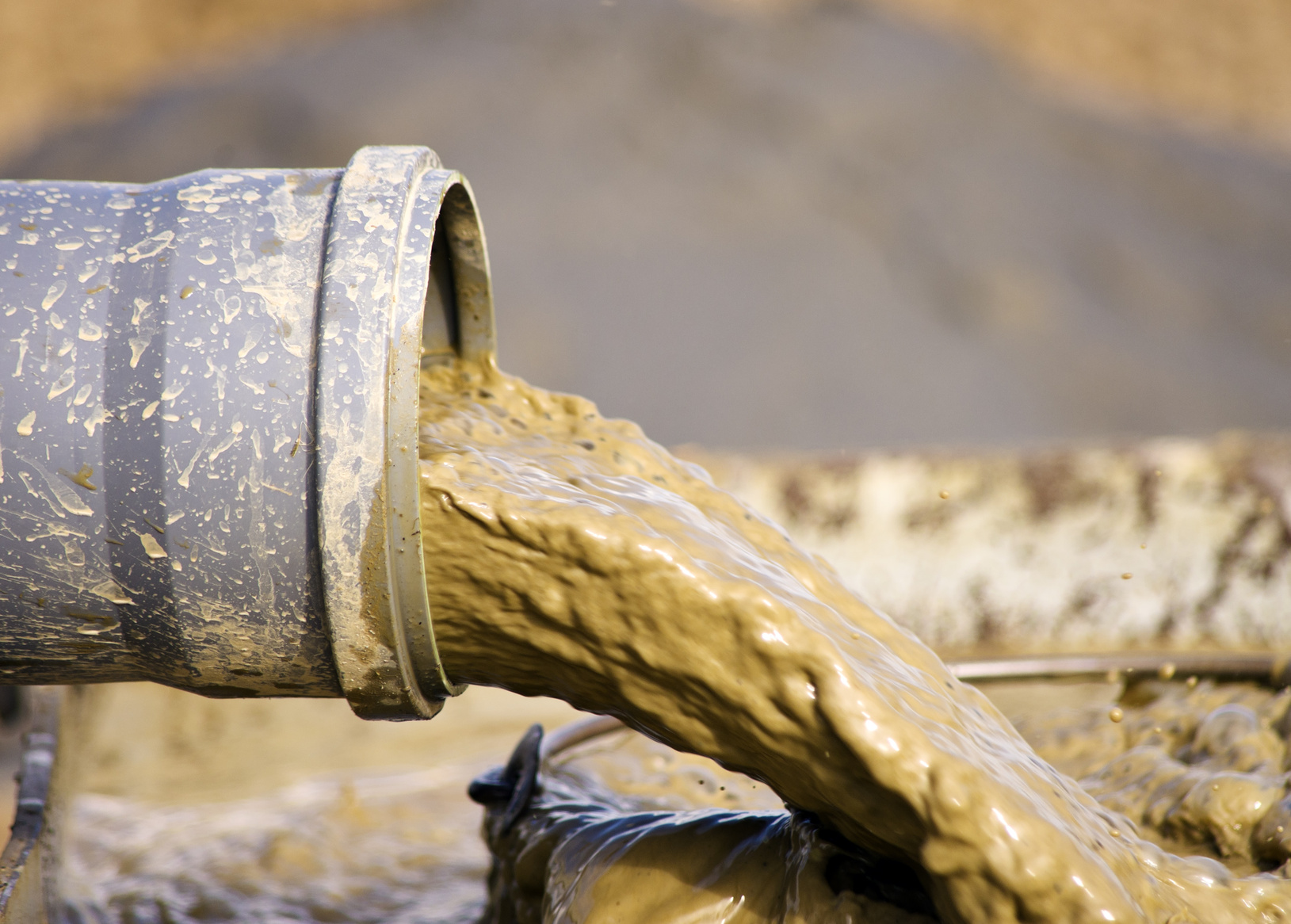With Spring just around the corner and memories from Southern Alberta’s June 2013 flood still fresh in our minds, we thought it would be helpful to share some information on Sewer Backup coverage and what you can do to try and prevent a claim.
Sewer Backup can be defined as the backing up or escape of water from the sewer, storm drain, sump or septic tank. With most Insurance Companies, this peril is excluded in their policy wordings and can be added on with the Sewer Backup Endorsement. There are also multiple limits available for sewer backup, with some Insurers only offering limits of $15,000 or $20,000 with the ability to increase the limit if certain measures are taken (such as installing a sump pump or backwater valve). Currently, all of the Insurance Companies that we represent offer policy limits for Sewer Backup, which is equal to the value of the Dwelling and Personal Property limits on the policy.
So what is a Sump Pump?
A sump pump is used to remove the water that accumulates in the sump basin. Sump pumps are normally used in areas where the basements commonly flood, or to help alleviate dampness where the water table is above a home’s foundation. The sump pump sends water away from the foundation and redirects it towards a municipal storm drain or dry well.
There are two main types of sump pumps available, one being the pedestal sump pump where the motor is mounted above the pump. These pumps are the less expensive kind and are easier to service (due to the motor being on the outside), and they have a life span of approximately 25 years. The other type is a submersible sump pump where the motor is mounted inside the pump. These pumps are more expensive and are also more difficult to service, with a life span ranging from 5 to 15 years. The benefit to these types of pumps is that the can take a large amount of debris without clogging.
Sump pumps are usually hardwired into a home’s electrical system so battery backup is recommended. In the event of a power outage, a backup system can prevent overflow.
The Value of a Back Water Valve
Back water valves are installed in a basement at the exit point from the home or building, or in a sewer lateral outside of a building. They allow for the free flow of air to vent through the valve. In the event of a sewer backup, the gate floats into the closed position to protect from the backflow of sewer. These valves should be inspected quarterly to ensure that they are functioning properly.
We have included a link to a video that outlines the ins and outs of protecting your basement from water damage and sewer backup, and also on how to find the right sump pump for your home:
VIDEO
As always, if you have any questions regarding your property insurance policy and sewer backup coverage, please do not hesitate to contact us.
Thank you,
The Costen & Associates Team
The Scoop on Sewer Backup



